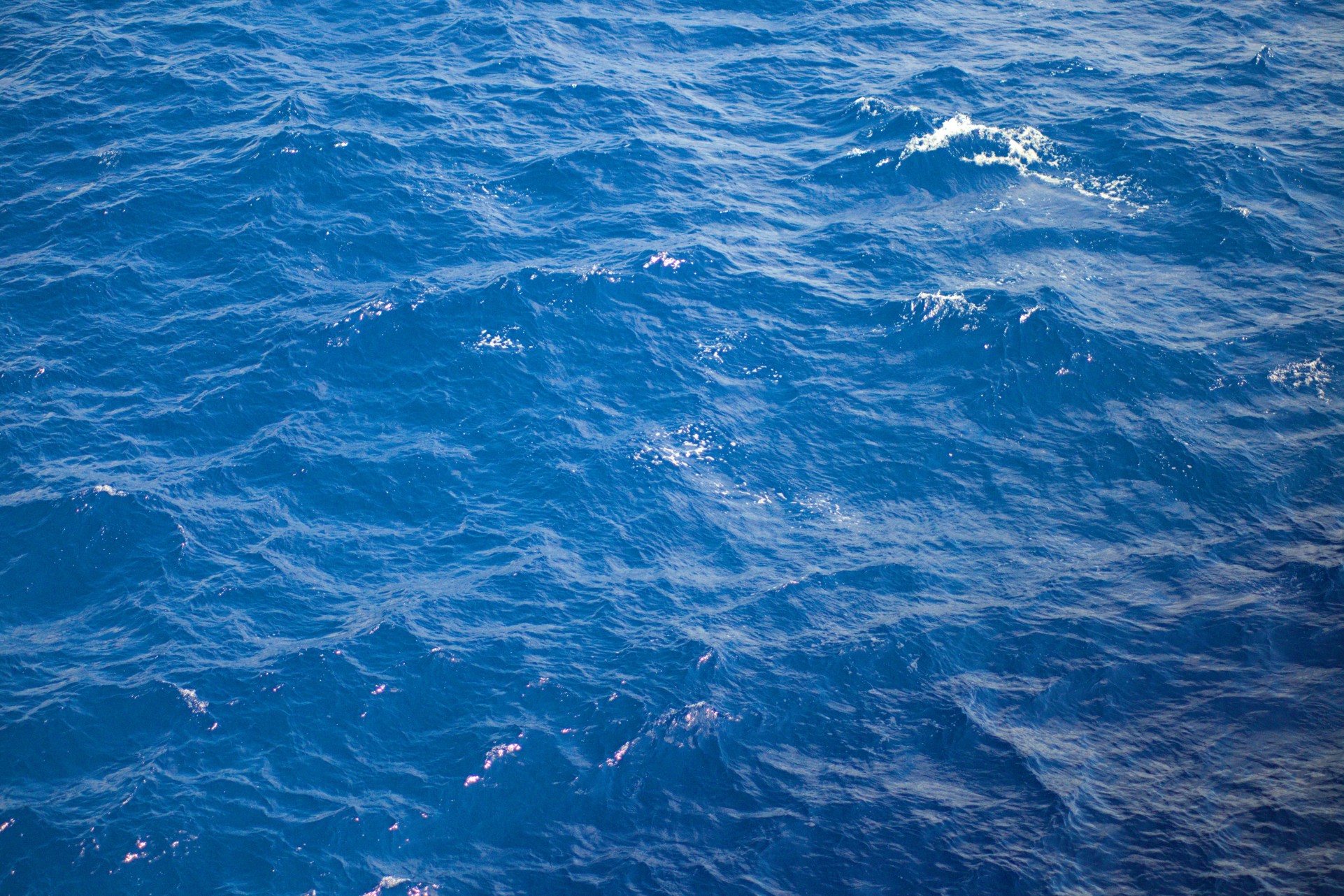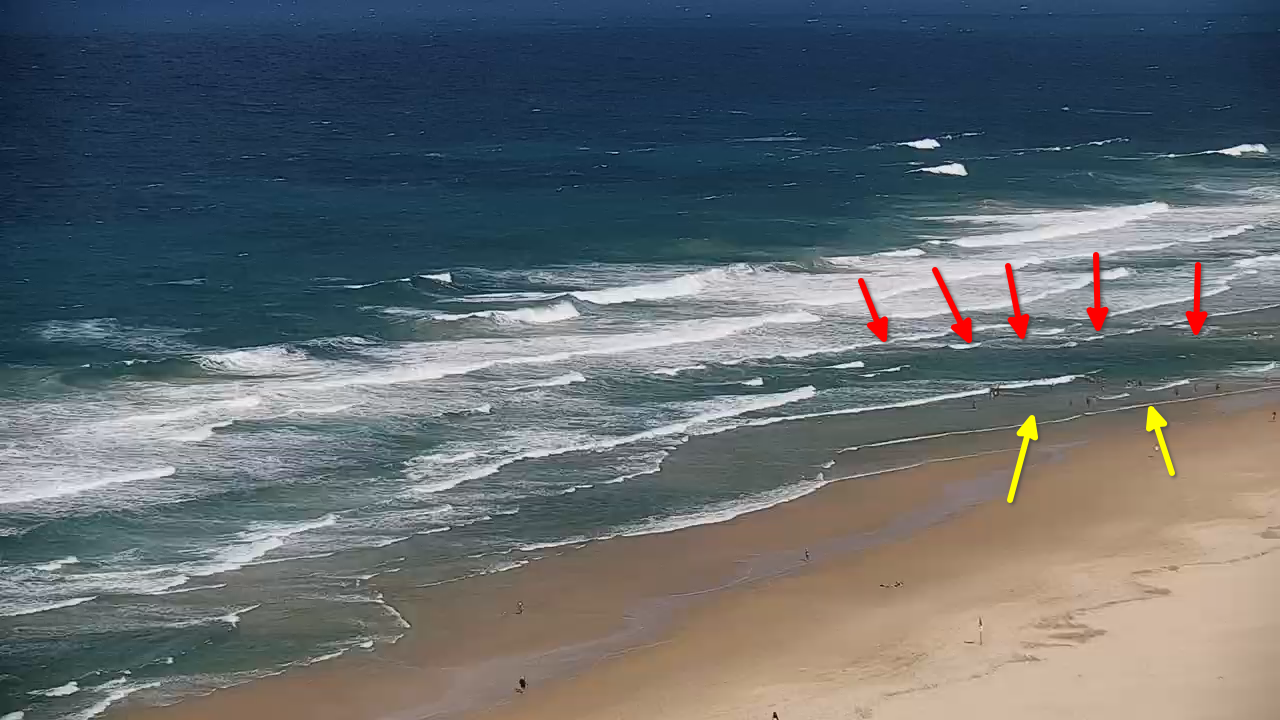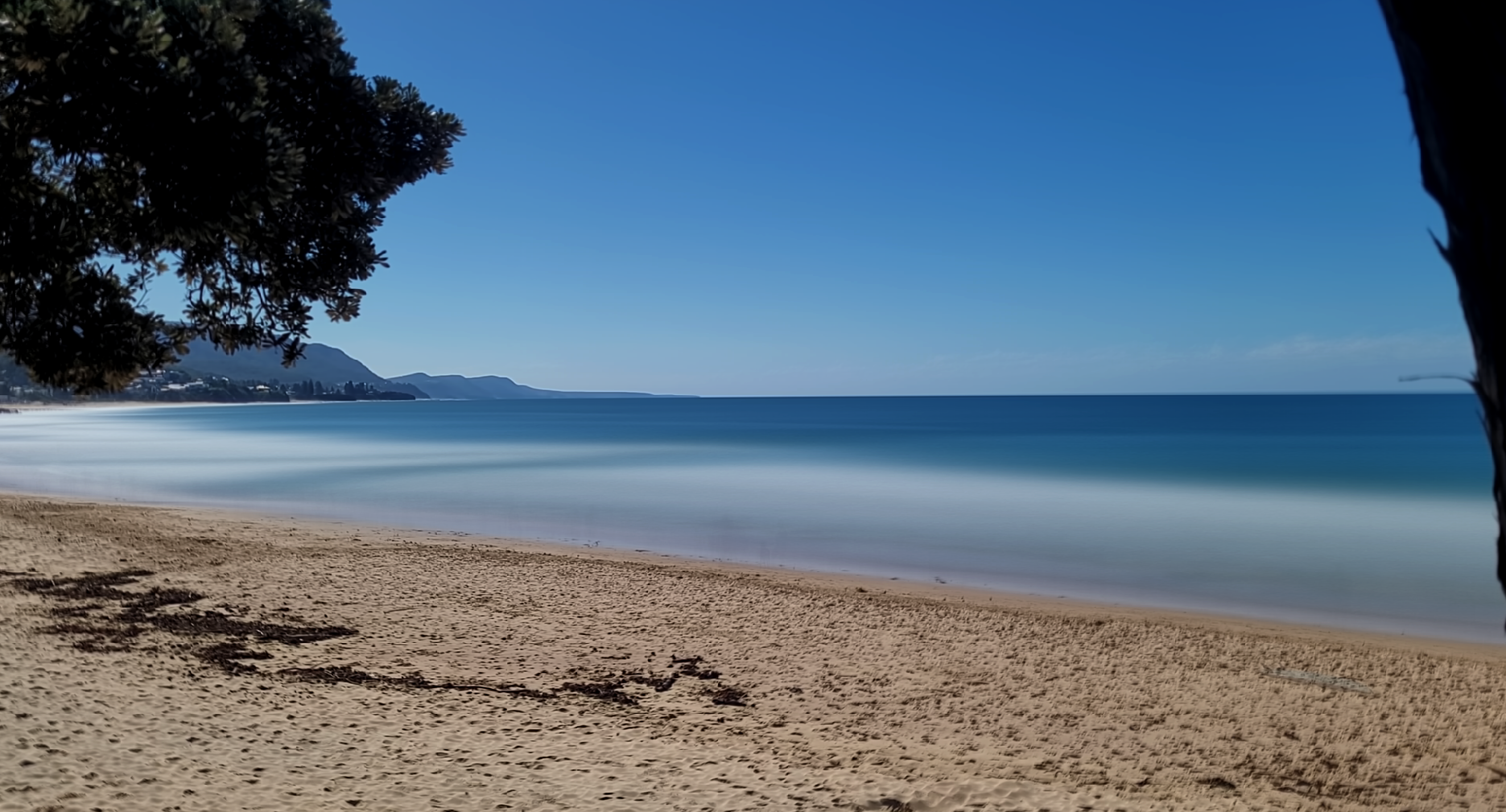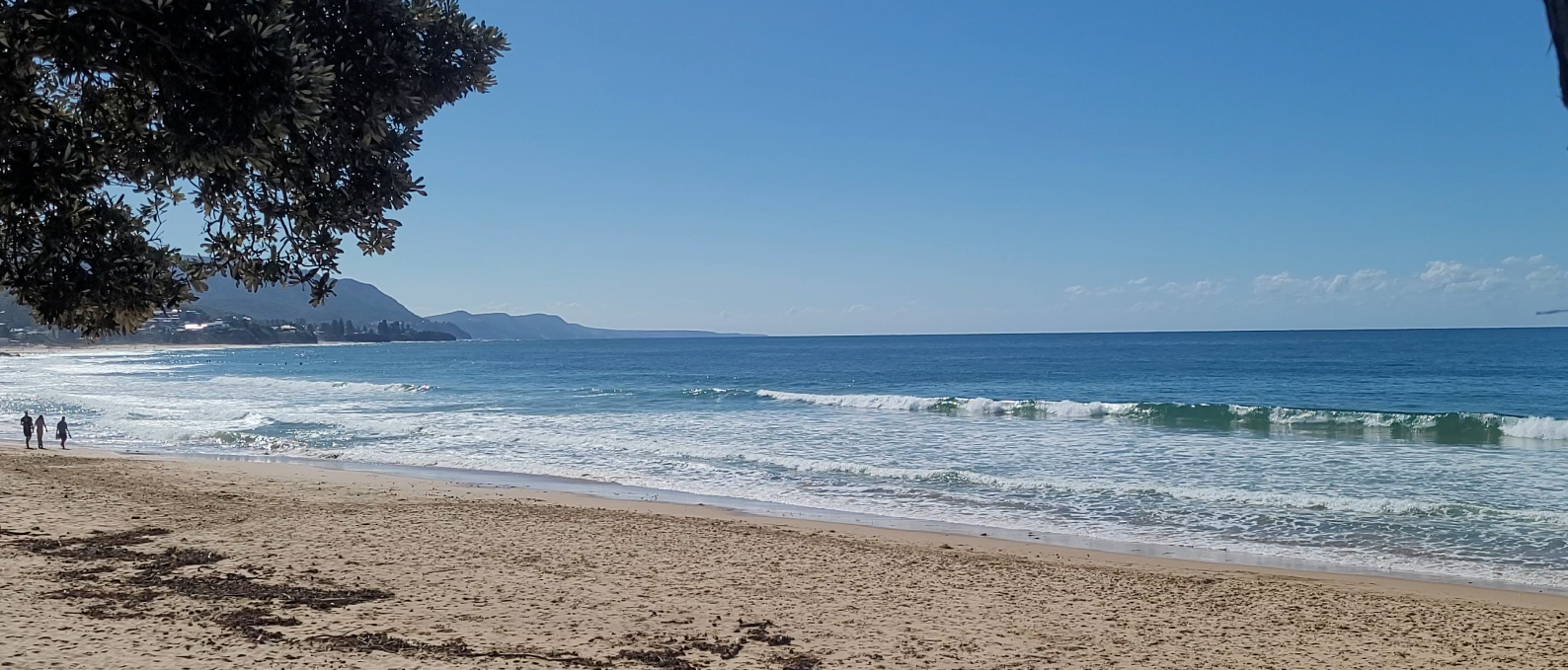On a scorching summer day, there's no better way to cool off than by hitting the beach. Surrounded by pristine waters, Australia offers an endless selection of beautiful shorelines to choose from.
We're fortunate that our most populated areas have patrolled beaches with Life Savers and Lifeguards working diligently to keep us safe, but it's still a big ask to have such a relatively small number of people looking out for the crowds that come to escape the heat.

Photo cc Bryan Pakulski - 2024
Rip Currents - Largest Danger of our beaches
One of the largest dangers of the beach is rip currents. These are mainly formed by water returning back to the ocean after being brought in by waves / tide / weather. They can be quite difficult to spot & predict. Our lifesavers do an excellent job of marking out safe swimming zones but it's a difficult task to keep up with, especially considering that less than 5% of Australia's beaches are patrolled.
To highlight how difficult people find spotting rip currents, here's an image from a surfline camera of Surfers Paradise, the red arrows mark out a deep channel pulling water back out past the breakers. The yellow arrows mark out swimmers who are dangerously close to being swept away.

Now while there's no immediate danger of being pulled underwater by rip currents, they are still a huge risk to people who are poor swimmers or who are otherwise unfamiliar with how to deal with being caught by them. In most situations rip currents will simply pull a swimmer out past the breakers allowing them then to swim back to land. Swimming perpendicular to the current will usually be enough to get away safely. In other situations, rip currents can even loop and take swimmers back to shore.
To those unaware though, walking off a sandbank or getting swept by waves into deep water that is moving along at speeds of 1-2m/s is a very dangerous situation. The natural instinct is to try and swim directly back to shore, usually ending in complete exhaustion and potentially drowning without assistance from rescuers.
Shallow is not safe
There's a common misconception of shallow water being completely safe and that only deeper water is dangerous, which is something we hope to educate people on - rip currents often occur in shallow areas. Water getting pushed onto shore needs somewhere to go, and it will form deep and fast moving channels to get back out to the ocean, an augumented photo of a popular dog beach below shows a rip current that is right up against the shoreline. The calmer channel looks appealing to swim in compared to the whitewash & waves breaking over on either side, but this is where people are most likely to get caught out.

Now while it's fairly easy to spot the channel in the augumented photo, people don't get that luxury on the ground, see how difficult it can be to spot that same rip based off a photo taken in the same location, keep in mind that this photo is taken from elevation, down at the waterline it's even more difficult to spot key indicators of rip currents.

Surf Life Saving Australia has some good information on what to look for here
The solution
The solution is a mixture of ideals:
- Ideally we would be able to educate beach goers on ways to spot rip currents or escape them if they were caught.
- Ideally all beachgoers would be strong swimmers
- Ideally we'd have patrols across all 11,000+ of our beaches
Realistically speaking though, it's a difficult problem.
Education is a huge part of it, but we are also hoping to provide useful tools for life savers to help them catch these dangerous ocean conditions in real time. With the inclusion of automated detection systems and alerts we hope to provide a second pair of eyes, available all year round, 24/7, monitoring beaches and helping speed up time to rescue and reduce the number of preventable deaths.